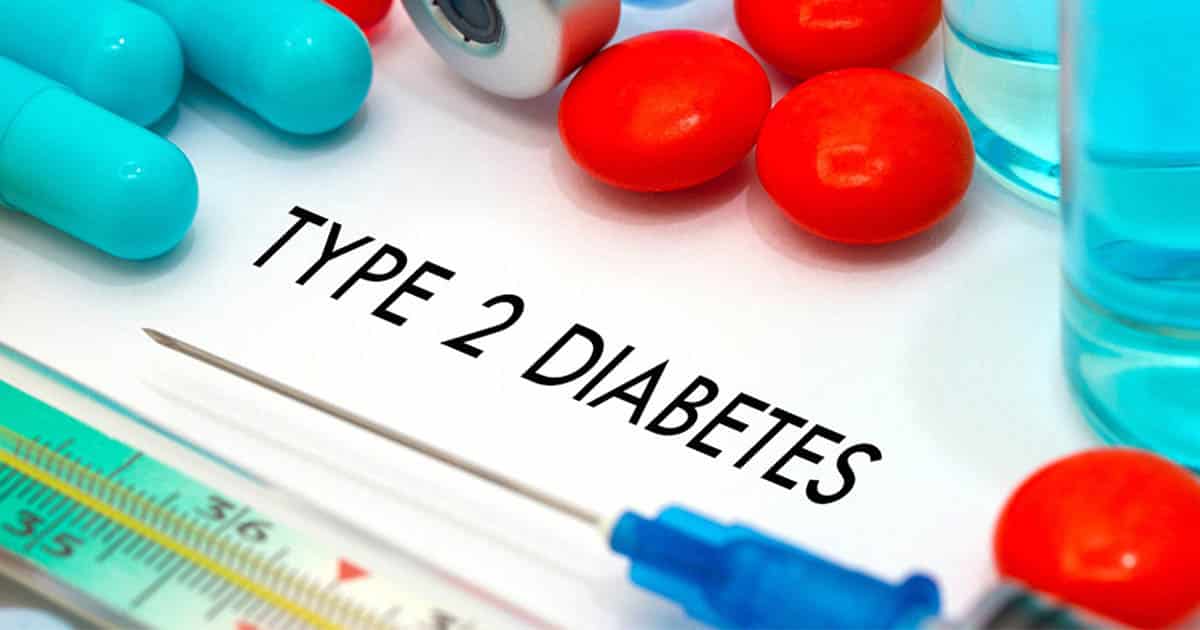While it is possible for most individuals to acquire an adequate amount of vitamin D through the consumption of nutritious foods and consistent exposure to sunlight, there exist particular people who may necessitate dietary or supplemental means in order to achieve proper concentrations of this vital substance.
This article covers who may require vitamin D supplements, their recommended dosage by age range, and potential products to consider. Furthermore, this piece offers insight on how to increase vitamin D naturally.
Who Needs To Take Vitamin D ?
In preserving sturdy skeletal framework, immunity processes and cellular growth, the fat-dissolvable vitamin D performs an indispensable role.
As per research conducted by the National Institutes for Health (NIH), there exist specific cohorts that are at a heightened likelihood of encountering insufficient levels of vitamin D. These populations include:
Newborn Children Consuming Bosom Milk: Human milk doesn’t contain much vitamin D; according to the NIH and American Institute of Pediatrics guidelines, breastfed babies should get 10 micrograms (mcg)(400 international units [IU]) each day until weaning begins.
People With Reduced Access to Sunlight: Individuals living in smaller living quarters may not receive sufficient sun exposure in order to produce vitamin D, and individuals living in colder regions may also see less daylight during cold weather months.
Individuals of advanced age: Those elders who spend an extensive duration secluded within enclosed spaces could potentially encounter heightened susceptibility to vitamin D inadequacy. According to the NIH, up to half of more established Older adults with hip cracks in the US could have inadequate levels of this vitamin; additionally, skin’s capacity to synthesize it decreases over time.
Individuals with a complexion that is rich in melanin: A surplus of said pigment within the skin may impede its production of vitamin D, although it remains ambiguous as to what extent; certain studies insinuate that those possessing darker pigmentation have lower incidences pertaining to bone fractures or development of osteoporosis when compared against Caucasians.
Those suffering from obesity: As per the NIH, people whose body mass index is 30 or above tend to exhibit reduced levels of vitamin D relative to those not in that group. This decrease also affects individuals who have undergone gastric bypass surgery; they too require extra supplementation for adequate amounts of this essential nutrient.
Individuals afflicted by malabsorption conditions, including Inflammatory Bowel Disease (IBD), have their gastrointestinal capabilities impeded in absorbing vitamin D. These persons may be restricted from diets containing this essential nutrient due to dietary restrictions limiting consumption of foods comprising such nourishment.
Assuming that an individual harbors doubts about their vitamin D intake, a medical practitioner can conduct a hematological analysis to establish whether or not there exists an inadequacy.
The absence of vitamin D may lead to bone conditions such as osteomalacia and osteoporosis because calcium absorption is reduced as there is inadequate quantity within our systems. This occurs because lacking Vitamin D reduces calcium assimilation.
Lack of vitamin D can also contribute to rickets. In the U.S., most organizations now fortify milk with vitamin D fortification purposes – this has resulted in less cases of rickets than before.
How Much Vitamin D Do We Want ?
Individual requirements of vitamin D depend upon several factors, including age, pregnancy status and any underlying medical conditions that exist.
The National Institutes of Health provides the following as a basic principle:
| Age | Daily amount of vitamin D required |
| 0–12 months | 400 IU (10 mcg) |
| 1–18 years | 15 mcg (600 IU) |
| 19–70 years | 15 mcg (600 IU) |
| 70 years and over | 20 mcg (800 IU) |
Pregnant or breastfeeding individuals should aim to consume 15 mcg (600 IU) of vitamin D every day.
At least part of their vitamin D needs are met through safe exposure to daylight, according to the NIH. Spending 5-30 minutes outside two times each week, with face, arms, legs, or back exposed is typically enough.



